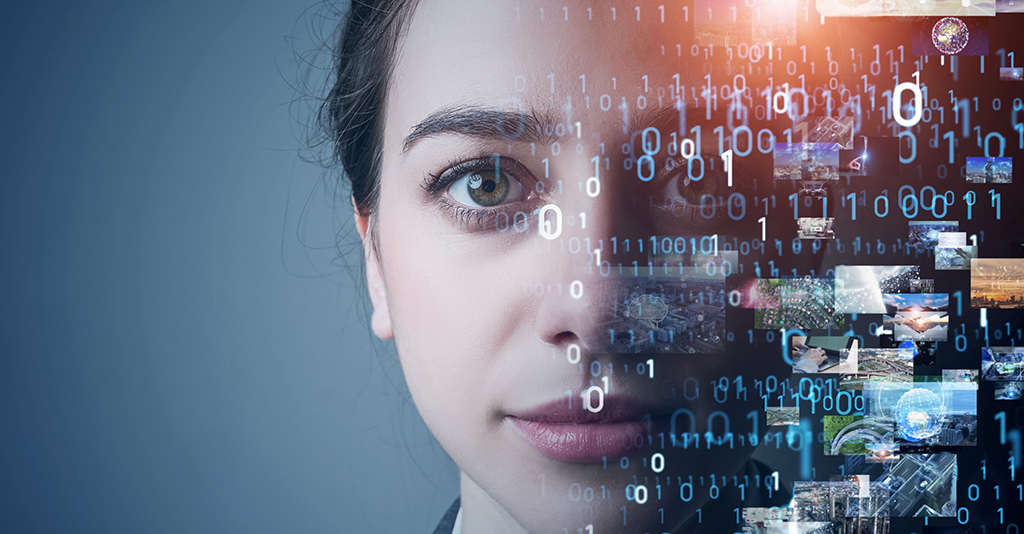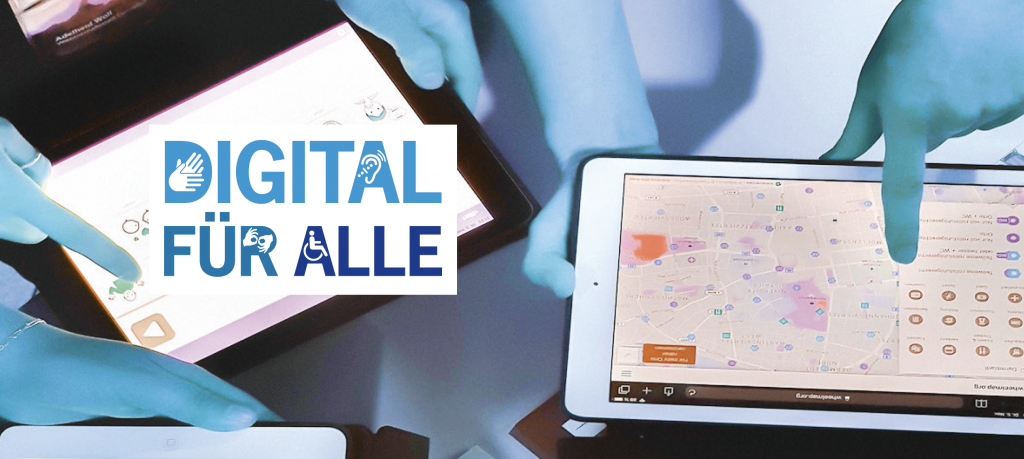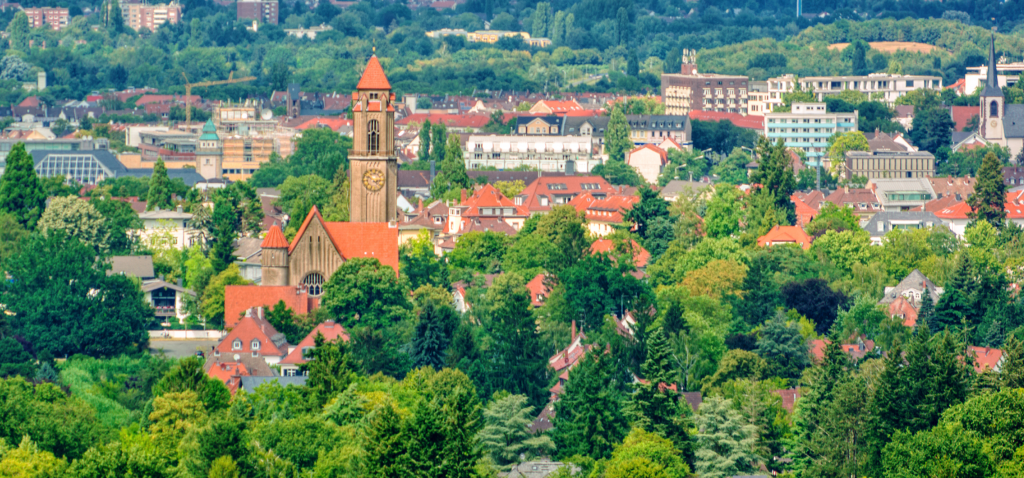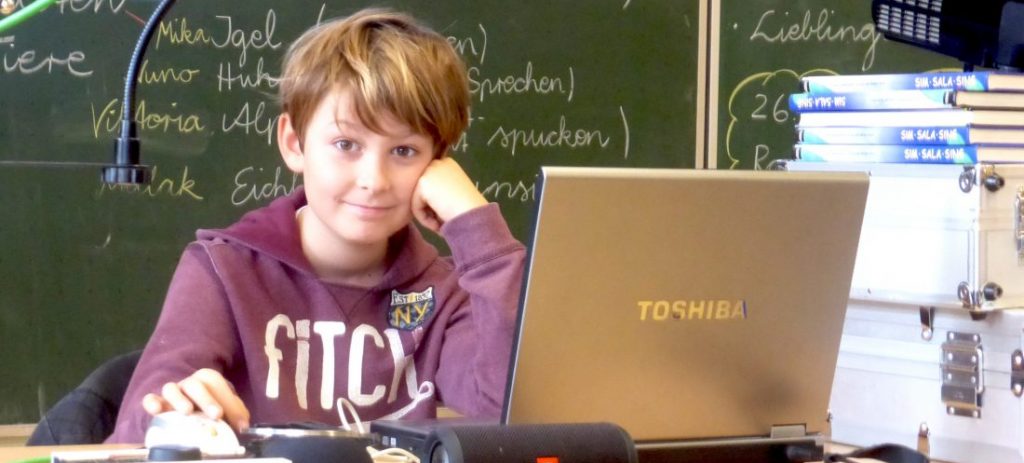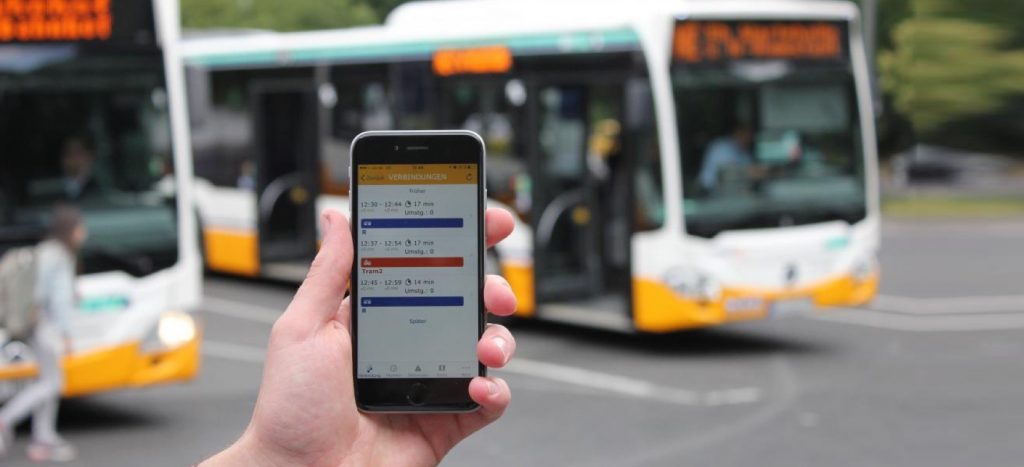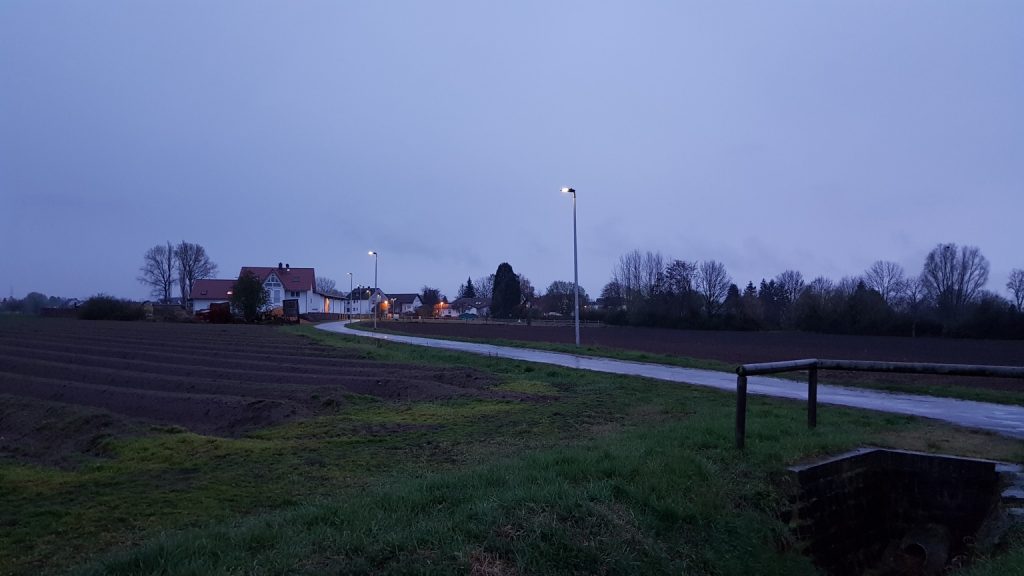Good urban planning with an infrastructure that is oriented and developed to meet the needs of its citizens is certainly not a modern invention. In the distant past, individual houses sprung up near each other to form settlements. These became cities, which gradually acquired paved roads and the first infrastructure networks for water, electricity, sewage and waste disposal. At the same time, the routes between individual settlements and cities developed into national transport networks – driven by humanity’s desire and need for trade and mobility, information and communication. These routes became the foundations of continuously expanding local and long-distance transport systems, which, in line with society’s growing needs and the available means of transport, were linked to increasingly dense networks. As a result, the need for new and, above all, faster information and communication opportunities grew.
Which technologies keep modern society running?
‘If you think about this further, the following question arises: which information and communication technologies can keep today’s modern society running and make a city more liveable and sustainable’, says Dr Matthias Hollick, Professor of Security in Mobile Systems at the Technical University of Darmstadt. ‘With modern technology, a city can support the individual mobility of its inhabitants and build a bridge between the physical and digital worlds – this includes being able to access information and use urban services anytime and anywhere. With the help of sensors and data analysis, a city can also determine what is happening in it, how the people in it behave and make smarter decisions’, says Dr Hollick. Furthermore, it is Dr Hollick’s view that a city must ensure that it functions even in the event of crisis. ‘At the beginning of the coronavirus pandemic, many people were able to switch to working from home without any problems because the digital infrastructure was in place,’ says Dr Hollick. Darmstadt saw the potential of Bitkom’s ‘Smart City’ competition to use experts to find out which digital paths the city can and wants to take, or in other words: which technologies can help it and its citizens. ‘Digitalisation does not mean that everything and everyone will be digitalised, let alone become transparent’, says Prof. Michael Waidner, Director of the Fraunhofer Institute for Secure Information Technology SIT and professor at the Technical University of Darmstadt, who advises the city as Chief Digital Officer (CDO). ‘Digitalisation also goes far beyond the introduction of information technology and its operational use. It also means looking at costs and benefits and carrying out risk analyses. In Darmstadt, participation is important. Citizens are involved, such as in the Smart City Laboratory, and no one is forced to do anything. If someone doesn’t want a mobile phone, that’s fine. Nevertheless, everyone will benefit from the digitalisation of infrastructure, administration and retail.”
‘Smart City’ is the guiding principle. With its intelligent network, such a city connects people digitally AND socially. To achieve this, a city must first find ways to know the needs of its citizens, and then find the appropriate strategies and tools. ‘The digitalisation of all areas of life is now a reality, but it is not the main issue of our commitment, not an end in itself’, says Lord Mayor Jochen Partsch. ‘Rather, it’s the goals we can achieve that count. That’s why winning the Smart City competition was and remains a great opportunity. This gave us experimental ground in which we could and can continue to try things out. We have the opportunity to hone in on what suits us so that we can develop into a secure Smart City’. Digitalisation can also help the city save money, because its employees can perform their tasks more efficiently.
‘Security, privacy, resilience’
The Cyber Security Cluster Bonn’s ‘Weisenrat für Cyber-Sicherheit’ is an expert panel for cybersecurity. It examines how the economy, society, companies, organisations and individuals can counter and prevent threats on the internet. In the 2020 Annual Report, panel member Dr Matthias Hollick examines the transformation of cities into digital and smart cities and describes how their infrastructures need to be designed so that they do not pose a risk. The report specifies the three most important conditions: Resilience – A city’s ability to cope with crisis situations, ward off threats and adapt to changing conditions.
Resilienz
A city’s ability to cope with crisis situations, ward off threats and adapt to changing conditions.
safety
Security – protection, in the sense of confidentiality and availability; absence of danger to the user due to system or component failures – focus on protection against cyberattacks on critical infrastructures that can become a danger to life and limb of the population.
privacy
Privacy – the right of every citizen to self-determination as to which of their data should be made available to others
Security – protection, in the sense of confidentiality and availability; absence of danger to the user due to system or component failures – focus on protection against cyberattacks on critical infrastructures that can become a danger to life and limb of the population. Privacy – the right of every citizen to self-determination as to which of their data should be made available to others. In an overview, Hollick shows ‘selected digital, smart cities and their self-image and relationship to resilience, security and privacy’. While there is nothing for cities such as Berlin, Boston, Melbourne and Vienna, Darmstadt is described as follows: ‘Focus on IT security, data protection and ICT resilience. Security, privacy and resilience are areas of action for the city and are being developed together with the emergenCITY (resilience) and ATHENE (security and privacy) research centres’.
basics of urban digital infrastructure
People are increasingly discovering the benefits of digital aids – also as a result of the pandemic. They are increasingly finding information digitally and exchanging information via a variety of online channels. In Darmstadt, an increasing number of sensors are registering data and forwarding it for analysis. The real-time data platform of Smart City Darmstadt brings together data from Darmstadt’s traffic cameras, thermal cameras on inbound and outbound roads, and measuring points for air pollutants. Parts of it can be viewed by the public and provide information on the environmental and traffic situation, among other things. Further use cases of this kind, such as different data sets on the energy transition, are currently being implemented for the data platform.
In order to cope with the flood of data, which continues to increase with the growing number of digital use cases, a suitable and powerful digital infrastructure from a variety of systems is needed. Darmstadt uses its own state-of-the-art fibre-optic network. And when it comes to wired communication, Darmstadt is one of the cities with the best broadband coverage in Hesse. It is complemented by communication that does not require any cables. Three projects by Smart City Darmstadt illustrate what it looks like and what different requirements it meets.
5G for ever-larger data streams
On the one hand, there is mobile communications and Darmstadt as a former field test for 5G technology. The latest wireless standard for wireless telephony and internet use is the fifth generation of mobile communications, the further development of UMTS (3G) and LTE (4G). It is intended to meet the ever-increasing demand for fast transmission of mobile data without latency, i.e. transmission delays. This is important for future private data exchange and, on a large scale, for Industry 4.0 applications. To achieve this, machines, devices and computer systems are increasingly being equipped with the next generation of digital technology, namely AI-based technologies, which require a much more precise cellular connection while at the same time increasing the volume of data exchange in real time.
Autonomous driving is a long-term goal of 5G technology. The MAAS research project – the feasibility study on automation and assistance systems for trams – is investigating a possible field of application for 5G in the medium term. The cooperation project between HEAG, HEAG mobilo, TU Darmstadt and Deutsche Telekom is investigating the potential of a railway that operates in a semi-automated way with the help of cameras and sensors with an appropriately equipped research tram.
The former 5G test phase, which made Darmstadt one of Germany’s pioneering cities for implementing the technology, has long since come to an end. Normal operation has begun. According to Deutsche Telekom, 5G network coverage in Darmstadt is almost 100 per cent and is being expanded further.
Open Wi-Fi for mobile surfing
However, 5G mobile licences and network expansion cost operators a lot of money. Users pay for the service via their own mobile phone contract. Another project of Smart City Darmstadt offers a free alternative: Open Wi-Fi is the free wireless connection to the internet. In 2015, Science City Darmstadt Marketing GmbH installed the first access points for open Internet access, because: ‘72 per cent of those surveyed in the “Vital City Centre” study wanted free public Wi-Fi back then,’ reports Managing Director Anja Herdel. Things really picked up speed when WiFi Darmstadt became a joint project of Science City Darmstadt, Darmstadt Marketing, ENTEGA, HEAG mobilo and Smart City Darmstadt.
Now with more than 300 access points, the free open Wi-Fi is available to users of internet-enabled devices in large parts of the city centre, at the main railway station and at the central squares in the districts – and in 80 buses, 48 trams and 30 sidecars of HEAG mobilo. ‘With 10 Mbit/s upload and download speed, the bandwidth is enough to watch a live stream on the go,’ explains Thomas Schmidt from operator ENTEGA Medianet. This is convenient for anyone in public spaces. But Anja Herdel has one group in particular in mind: ‘Foreign guests in particular rely on free Wi-Fi because they usually don’t have mobile phone contracts for Germany – and we want them to be able to use the vast amount of information about our city that is now available digitally, as well as our apps.’ The providers ensure maximum security between the access points/routers and the network provider’s platform – the users themselves are responsible for behaving safely in the open network.
LoRaWAN for isolated, small data packets
‘Nobody drives a removal van to the bakery just to get a few rolls.’ This is how Antonio Jorba, head of IT security at Smart City Darmstadt, describes the third Smart City project to promote IT infrastructure. After all, many digital solutions don’t have to constantly be ‘on the air’ – such as Smart Lighting, which controls its brightness as needed using motion sensors, or the next generation of public waste bins that transmit their fill level to the municipal waste disposal company EAD.
The technology used for this is called LoRaWAN (Long Range Wide Area Network). It sets up its own network for Darmstadt between more than 30 radio units. It is at the heart of the much-quoted Internet of Things – without having to rely on the internet. The advantage: its sensors only come to life when they experience a certain stimulus – be it light or moisture, motion or touch. Then they send their information over the radio network. This low-energy technology makes it an ideal tool, especially for collecting environmental data, for waste management, for securing properties and buildings or for counting tasks. Although the data set is not transmitted in real time, the corresponding applications do not require this at all. This is why the radio signals in the LoRaWAN network have a particularly long range of up to 80 kilometres in open terrain. This makes it attractive for use in remote locations, and it penetrates barriers such as cellar ceilings in industrial buildings or old urban buildings where 5G or WLAN do not work.
It is and will remain the core task of Smart City Darmstadt to provide precisely the IT infrastructure that meets the requirements of the small city of Darmstadt today and in the future. On the basis of LoRaWAN, local networks in accordance with Internet of Things (IoT) have already been established on many company premises. Citizens can enjoy a modern lifestyle thanks to open Wi-Fi and the latest mobile communications standards, enabling Darmstadt to develop as an economic and scientific location – for whose visions of the future 5G is indispensable. It is also important to find technologies and tools that can be operated permanently, reliably and, above all, safely. The city is not doing this alone and behind the backs of its citizens. With a variety of events and forms of dialogue, it invites people to discuss and shape the path of digitalisation together.
